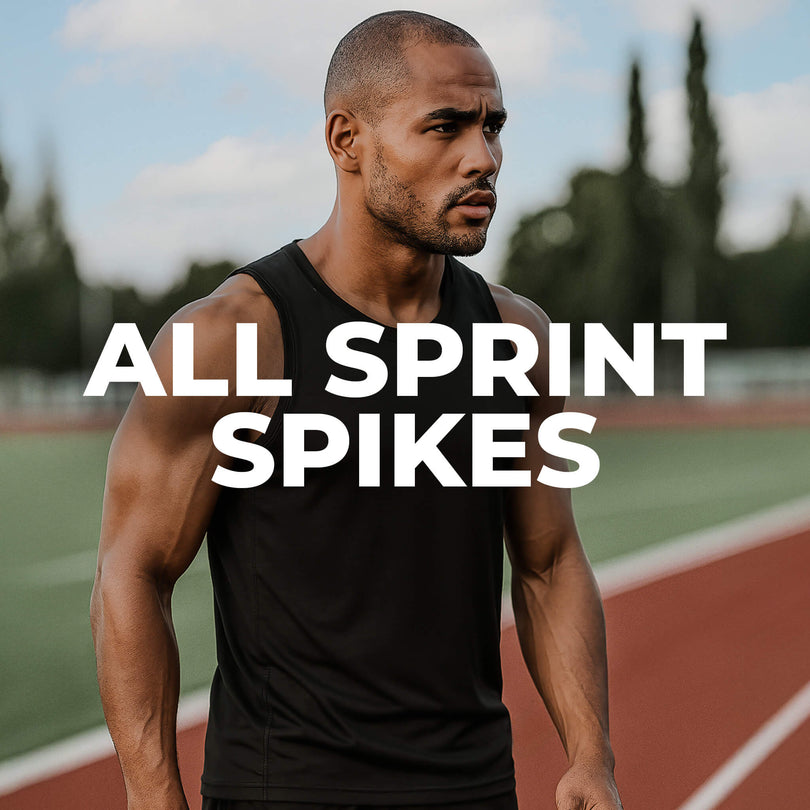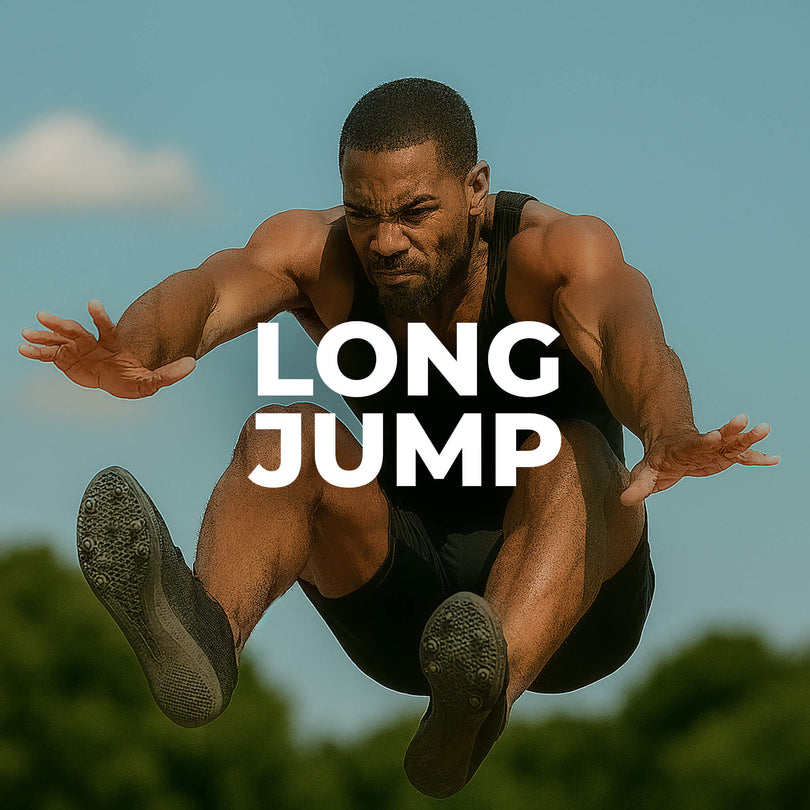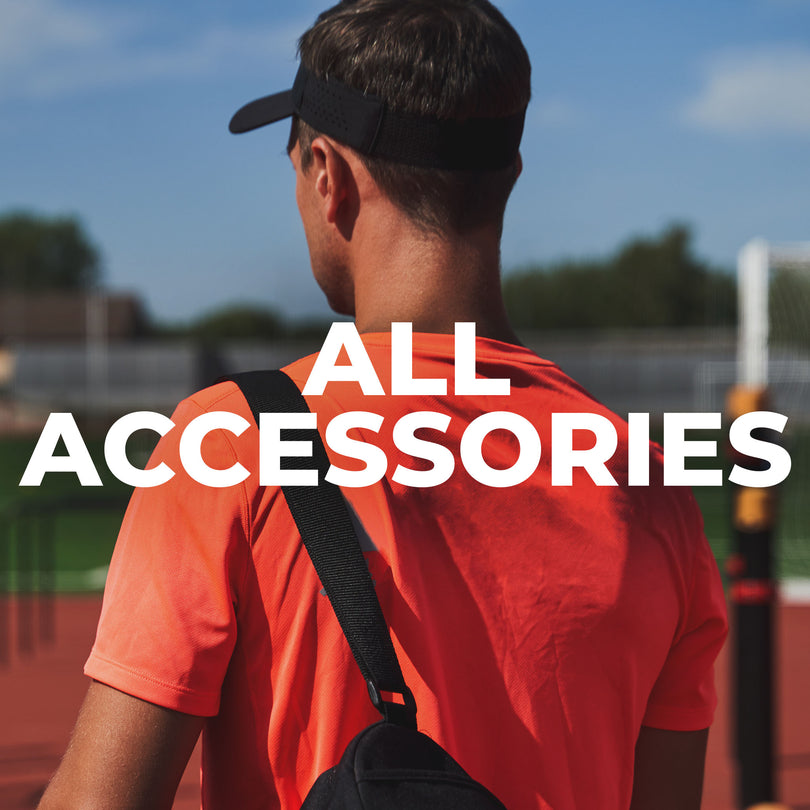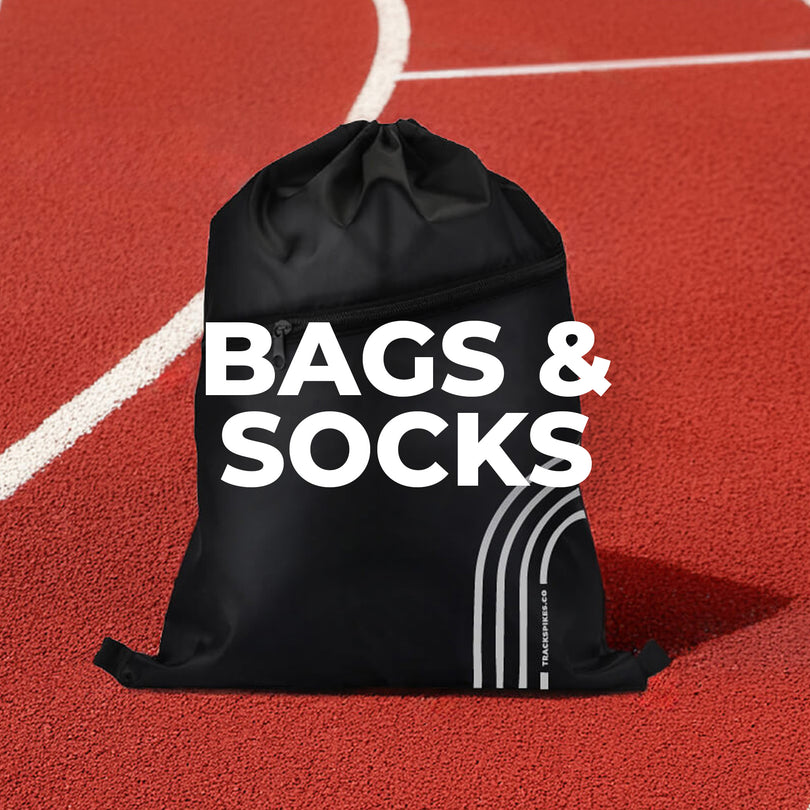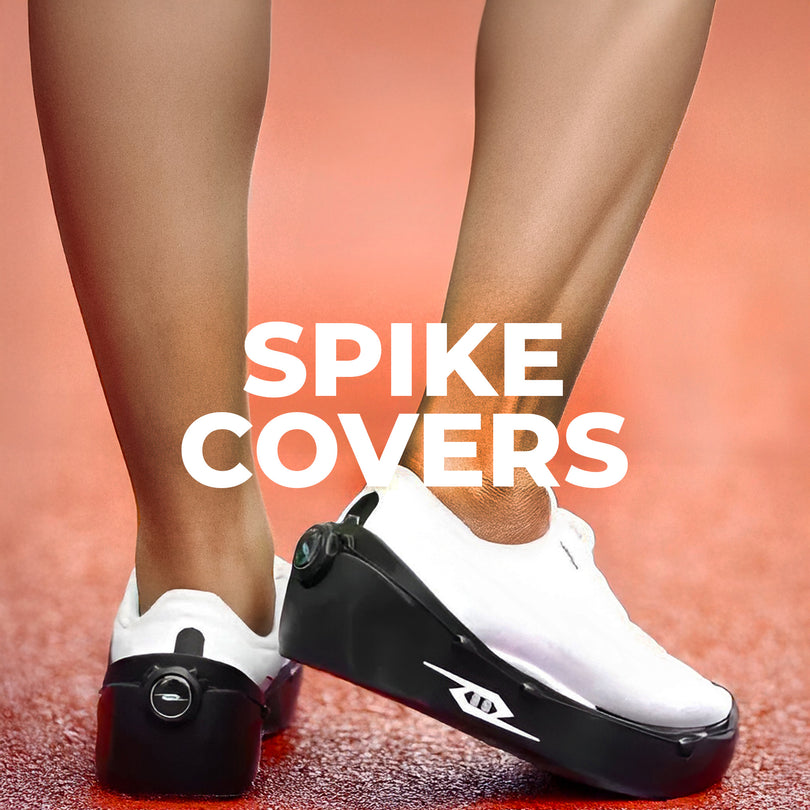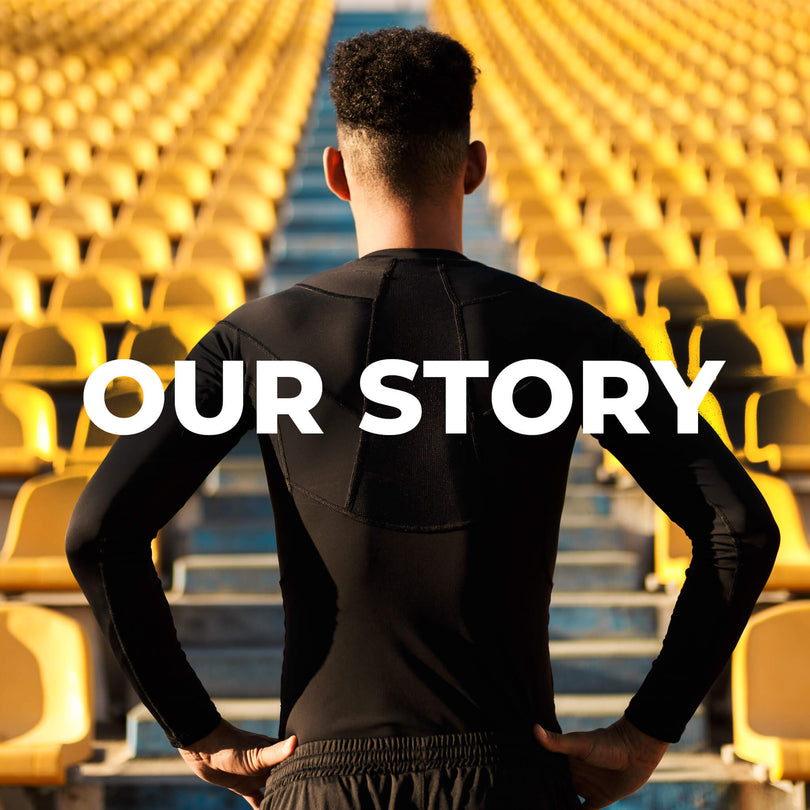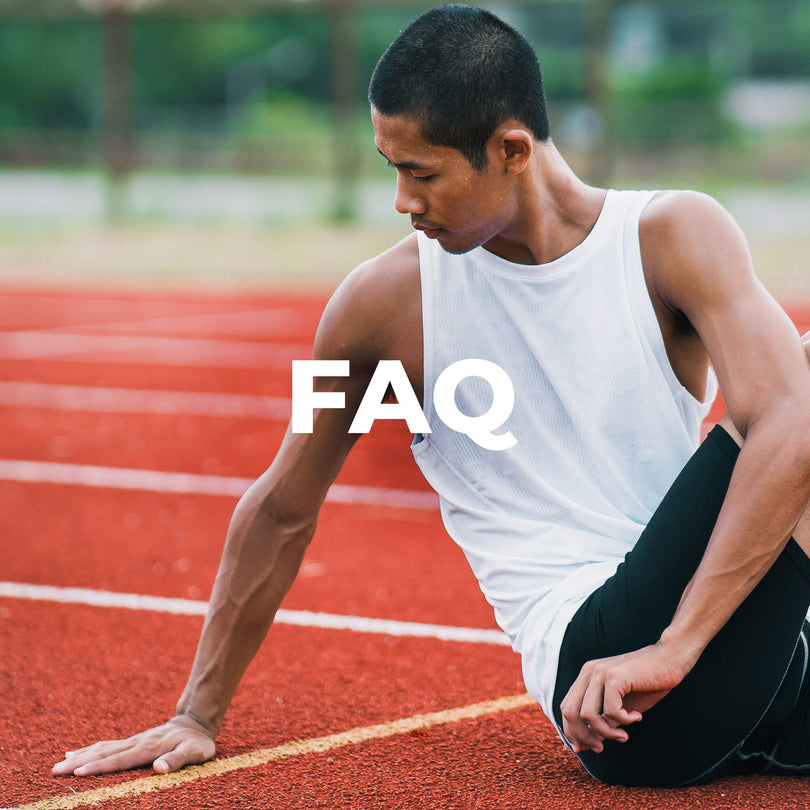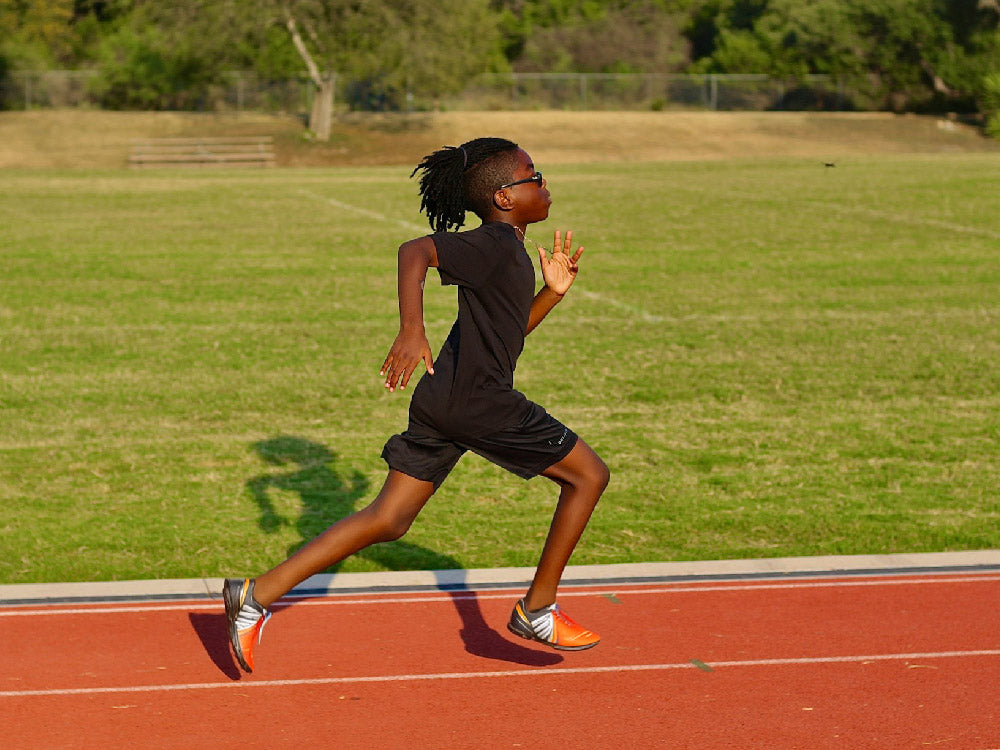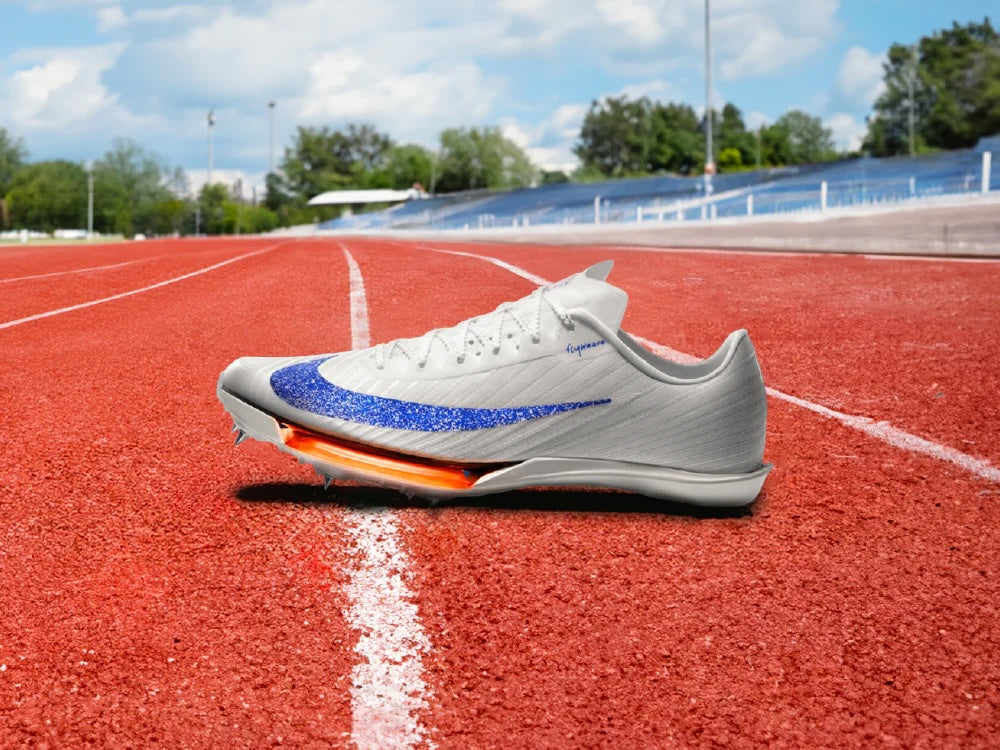Athletes look for every advantage when it comes to getting faster and stronger. They’ll find a trainer to help them in the gym, hire a running coach to help them schedule workouts, and buy all the latest shoe technology to help them squeeze every millisecond from their elapsed times.
Recovery is one area that often gets overlooked or skipped altogether but can make a huge difference. Many athletes still think that taking a day or two off between training sessions is good enough for recovery, but these days, there are options to help speed up the recovery process and help your body get back to 100% much faster than simple rest.
With all the advances in sports science in the last few years, it should be a surprise to no one that there have been changes in how athletes recover from a hard workout or race. Let’s look at some of the most popular options available today so you can figure out how to get back to tip-top shape as quickly as possible.
Compression Boots

Compression boots are becoming one of the most popular recovery tools, especially for track and field athletes. They used to be quite expensive, so the average athlete typically had to go to a sports physiotherapist to be able to use a set.
Fortunately, in recent years, the cost of recovery tools like compression boots has significantly decreased, making them more accessible to athletes. This affordability shift has empowered many athletes, even non-competitive ones, to invest in their own recovery equipment, such as the TS Recovery Boots, and take control of their recovery process.
Compression boots are hollow fabric boots that an athlete puts their legs inside, right up to their thighs. Multiple chambers inside the sleeves fill with air one at a time to compress one section of the legs at a time. This sequential compression simulates a massage, forcing the fluid out of the cells that cause swelling. Understanding how these boots work can help you maximize their benefits in your recovery process.
Ice Baths

If you are on social media, you have most likely seen a massive spike in the popularity of ice baths in the last few years. Everyone has been jumping on the ice bath train lately, from weekend warriors to professional athletes. Once upon a time, athletes used anything they could fill with water and ice, from tubs and large bins to animal troughs and old barrels.
These days, there are products specifically designed for ice baths, such as the TS Recovery Ice Bath Tub. This allows athletes to take their ice bath when traveling to train or race, keeping their recovery practices the same no matter where they are.
Ice baths, for instance, have been proven to accelerate the body’s natural recovery process, reduce inflammation, and alleviate muscle soreness. By incorporating these tools into your recovery routine, you can feel hopeful and optimistic about recovering as hard as you train, and even surpassing your previous performance levels.
Foam Rollers and Massage Sticks
For good reasons, most runners tend to use foam rollers and massage sticks as their go-to recovery tools. They are both relatively inexpensive, can be used almost anywhere and on most body parts, and are easy to pack up to take with you when training or racing away from home.
Both recovery tools are designed to simulate the same relief that a massage gives, but without having to book a masseuse after every training session. This makes a massive difference for runners on a budget, as only some have the time or money to go for a massage after every session or race.
Both allow you to target specific muscle groups, but using them can take longer as you must do one area at a time.
Massage Guns
Massage guns are the next step in getting the results of a massage without having a masseuse on call all the time. They range in price but can be very affordable these days, and since rechargeable batteries usually power them, they can be used almost anywhere.
The main benefit of massage guns is that they can target particular areas, as they often come with multiple attachments designed for certain muscle groups. Targeting a specific location after a hard workout session can help release the toxins in your muscles like a massage, promoting faster recovery times.
Scrapers
Although more popular than foam rollers or massage sticks, muscle scrapers can be a massive help in promoting faster recovery when used correctly. They are also one of the cheapest recovery tools, and due to their small size, they can be taken and used anywhere.
Scraping the muscles with a scraper loosens the adhesion between the connective tissues, allowing the soft tissues to mobilize quicker while improving the range of motion. Since scrapers come in many shapes, often with several different areas to use on each tool, they can target very specific areas that other recovery tools can’t get into.
When utilized with other recovery tools, like foam rollers and massage sticks or guns, muscle scrapers are fantastic for getting into hard-to-reach muscles, such as the Tibialis Anterior (the most common cause of shin splints).
If you take lots of time between hard sessions, you can probably recover without recovery aids. However, if you train at maximum exertion levels or have multiple hard training sessions in a short period, speeding up your recovery with specific tools is paramount to getting back to 100% as quickly as possible.
If you’re a track and field athlete who hasn’t put much thought into optimal recovery methods, they could be a game changer in your next training cycle. With the proper recovery tools, you can train harder but recover faster, making you a more robust, faster athlete.

